

Pretoria was founded by Marthinus Pretorius, a leader of the Voortrekkers in 1855 and was named after his father Andries Pretorius. The elder Pretorius had become a national hero of the Voortrekkers after his victory over the Zulus in the famous Battle of Blood River. Andries Pretorius also negotiated the Sand River Convention (1852), in which Britain acknowledged the independence of the Transvaal. It became the capital of the South African Republic (ZAR) on 1 May 1860. The founding of Pretoria as the capital of the South African Republic can be seen as marking the end of the Boers' settlement movements of the Great Trek. On 14 October 1931, Pretoria achieved official city status. When South Africa became a republic in 1961, Pretoria remained South Africa’s administrative capital.
Pretoria is situated in the transitional area between the Highveld and the Bushveld, approximately 50 km north of Johannesburg in the north-
Pretoria is a city located in the northern part of the Gauteng Province, previously known as Northern Transvaal, South Africa. Although largely a government-
Church Square The history of the city of Pretoria is very well manifested around Church Square. The striking statue of Paul Kruger – the Boer leader who was president of the South African Republic – dominates the centre of the square. A step below, this statue is surrounded by that of four other Boer soldiers who represent the ordinary citizens of Pretoria.
Most of the other structures around the square have some connection with the history of the city – the Palace of Justice, the Old Capitol Theatre, the Tudor Chambers, the Ou Raadsaal (Old Council Chamber) and the building designed by John Cleland that houses the General Post Office. The Palace of Justice looks impressive with its turrets. It will always bring back memories of the highly emotional Rivonia Trial, which convicted Nelson Mandela, and several other prominent members of the black South African liberation struggle with treason.
Union Buildings The cornerstone of the Union Buildings was laid in November 1910, to commemorate the formation of the Union of South Africa. It cost £1,310,640 and took 1,265 workers over three years to complete the structure. Another £350,000 was spent on acquiring and developing the site. The President of South Africa conducts the affairs of the country from this building located at Meintjies Kop. It is the official seat of government. Black South Africans will cherish the memory of May 1994, when Nelson Mandela took office as the first democratically elected President of the country. The Union Buildings have been given a typically English monumental elegant design by architect Sir Herbert Baker, and are built of light sandstone. They stand 275 meters in length. The semi-
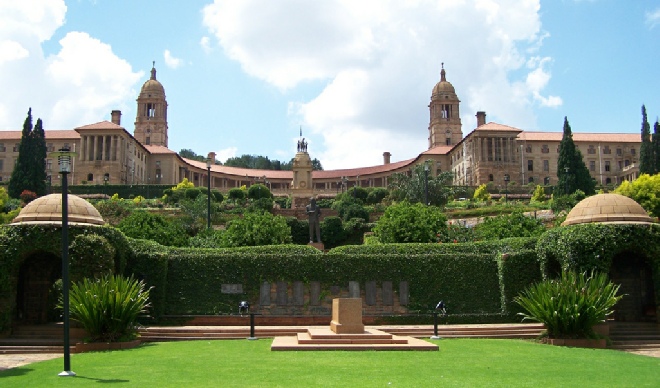
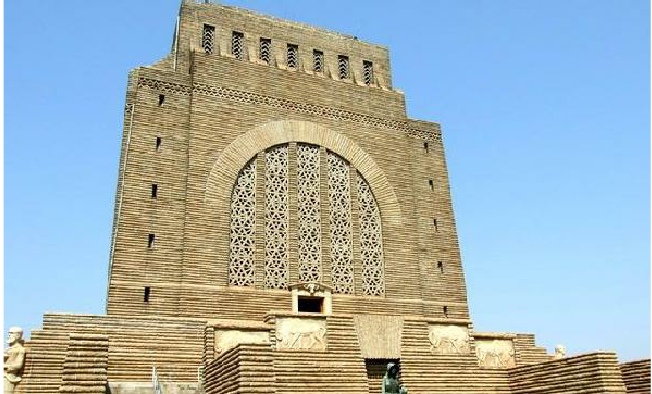
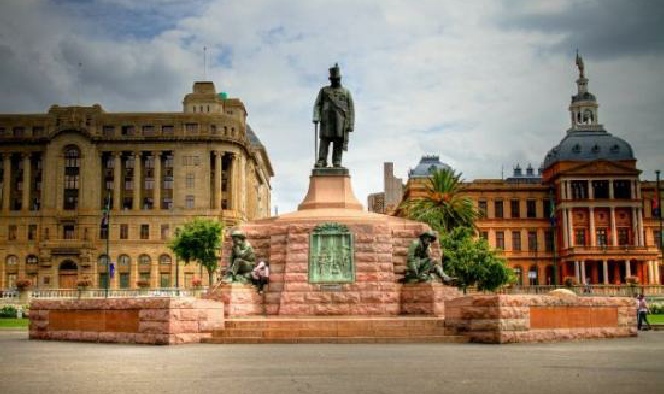

SA Attractions -

Top Link SA Travel and Consulting
Call us 27-
Email : info@toplink.co.za



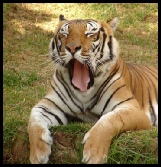
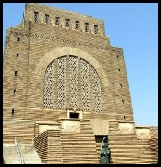
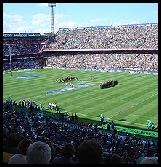
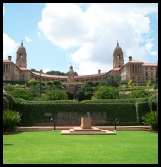
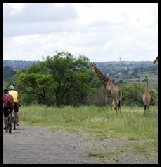
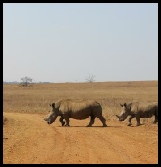
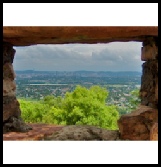
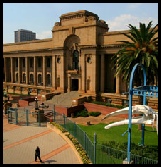
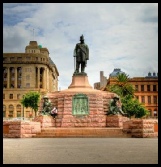
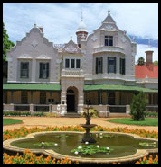
National Zoo
Vootrekker Monument
Loftus Versfeld Stadium
Union Buildings
Groenkloof Nature Reserve
Rietvlei Nature Reserve
Wonderboom Nature Reserve
Transvaal Museum
Church Square
Melrose House


Special Local Products












SA Diamond
Tanzanite
SA Wine
Aloe Cream
Bilton
Ostrich Leather
Zebra Hide
Wood Carving
Ostrich Eggs


SA Attractions